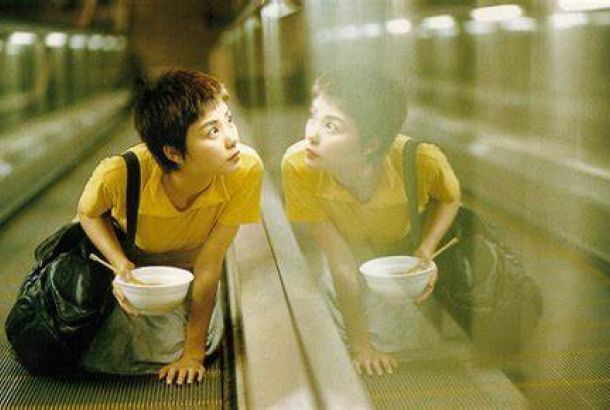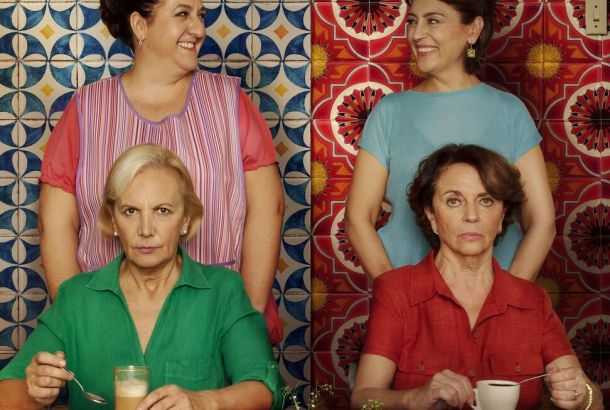Review: Silence
By James Gill
Seldom has a movie relied on the individual perspective of its audience more than Martin Scorsese’s latest release, Silence. This is a punishing film, both mentally (in its depictions of will-breaking torture) and physically — with an exhaustive 161 minute runtime. Perhaps my lack of faith prevents an emotional connection or perhaps it was intended as an extension of the on-screen trials, testing the limits of the most diehard Scorsese fans. What can be certain is that the film is a leap of faith, and one that very few will make.
Silence is the third in a series of religious features made by Scorsese following The Last Temptation of Christ and Kundun. Set initially and briefly in 1630’s Portugal, it tells the story of two Jesuit priests (Andrew Garfield and Adam Driver) and their journey to locate their mentor (Liam Neeson) after his alleged apostasy. They decide to travel to Japan, a country where Christianity is outlawed, armed with nothing more than religious talismans and the clothes on their backs. A test of faith? Or an example of the naivety of youth?
The movie’s imperfections are wholly distracting from potential immersion in the story. For example the three lead actors, of Canadian, American and Irish descent, find huge difficulty in replicating Latin accents. As a result, the most powerful scenes are those without words or without involving them at all. There is also an overly exaggerated sense of purity in the mission of the priests. The word of God must be spread throughout Japan, no matter how many must be tortured or killed in their name.
That being said, there are plenty of positives to be drawn. Scorsese teamed up with fantastic cinematographer Rodrigo Prieto, having worked previously on The Wolf of Wall Street, and the result is a visually stunning experience. There are plenty of scenes with great camera positioning and the use of overhead camerawork facilitates urgency as the Jesuit priests decide to, and then travel to Japan. Issey Ogata and Tadanobu Asano are both perfectly cast as the Inquisitor and the Interpreter respectively, showing wisdom and charisma far beyond that of their compatriots.
The beautiful locations used evoke wonder as they travel throughout Japan. Except it isn’t Japan, it is Taiwan. In a fictional work set in Japan, location of filming isn’t an important factor, however this is a non-fiction historical drama. Regardless of Ang Lee’s recommendations for setting, more respect should be paid to the source material in order to keep it as historically accurate as possible.
One cannot deny Scorsese’s deep catalogue of great movies. Sadly though this does not rank among them. He purposefully gives little away throughout the film, leaving you to your emotions but forgetting to evoke any. Silence is certainly not an experience for the masses, instead tailored probably for those who attend mass. Maybe the 25 year gestation period was too long for anything of real substance to survive.







